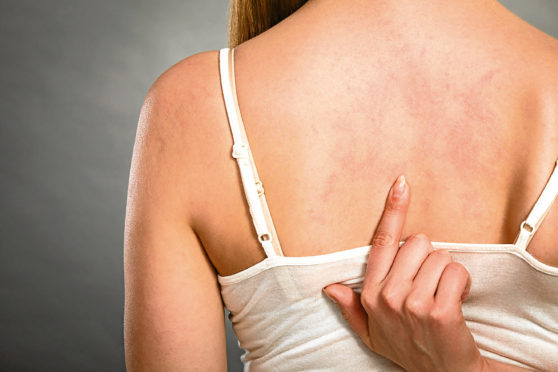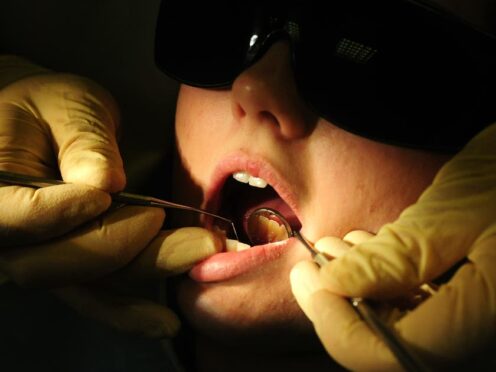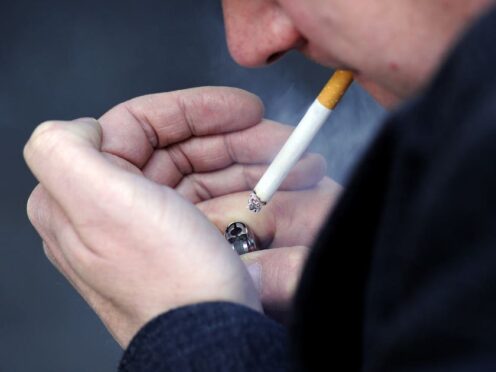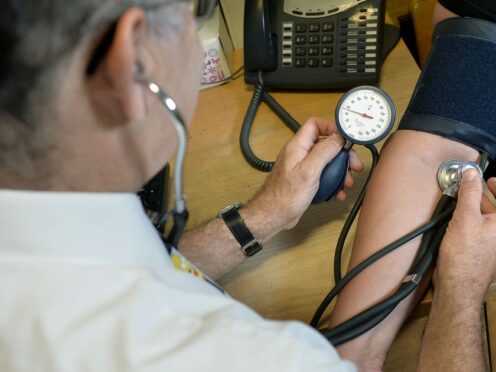Many people are guilty of Googling health questions they’d rather not bother their doctor with, but there’s nothing better than face-to-face advice from a trained expert.
And who better to answer our burning health queries than pharmacists? After all, they’re usually bombarded with queries from customers on a daily basis – from aches and pains to skincare and sleep issues.
With that in mind, we asked a number of pharmacists from LloydsPharmacy to share the most common questions they’re asked over the counter, alongside their expert advice.
What will help me to get a good night’s sleep?
Pharmacist Melanie Murphy says: “Many customers complain of poor sleep and insomnia, which can have a negative impact on physical and mental health if left unresolved.
“When people complain of poor sleep, I usually ask a few questions to try to get to the bottom of why it’s happening.
“Often this involves stress, with customers saying they simply can’t ‘switch off’ at night.
“Sometimes, difficulty falling asleep at the end of a day, or sleeping well but feeling fatigued when awake, can be down to the medication you take, and even the way you take it.
“Some medicines can cause muscle tension and people often don’t realise their inability to sleep stems from this. Sometimes a change to your medication – or to the time you take it – will help improve your sleep and energy levels.
“In terms of a lifestyle change, having electrical devices in the bedroom can prevent people from ‘switching off’ properly and this may affect their ability to fall asleep or sleep well.
“Remove electronic devices and avoid watching TV, preferably at least one hour before bed.
“It’s also important to make sure your bedroom is a relaxing place you want to be in, and to try to introduce a calming bedtime routine, to slow down your body and mind.
“Many customers are looking for a natural solution to their sleep concerns, and the herb valerian is traditionally used for the temporary relief of sleep disturbances and mild anxiety.
“If you suffer with insomnia after taking steps to improve your sleep, you should visit your GP to investigate the issue further.”
Can I drink alcohol while I’m on medication?
Pharmacist Michael Wong says: “Obviously, the advice differs depending on what medication people are prescribed.
“For those taking long-term medication for conditions such as diabetes, high blood pressure and epilepsy, drinking should be avoided, if possible, as it can interfere with the effectiveness of the drugs and the condition long-term.
“Other categories of medication which don’t mix well with alcohol are antibiotics, as many types can cause sickness. Alcohol will also interfere with the antibiotics.
“Finally, if people are prescribed antidepressants, they should refrain from drinking, as alcohol is a depressant, so it’s likely to make the condition worse.
“What’s more, alcohol also increases the likelihood of side-effects such as drowsiness and dizziness.”
How can I ease my back and joint pain in cold weather?
Pharmacist Foram Patel says: “A lot of people feel much worse in the winter, with pains and stiffness being more common when the weather’s cold, or even wet.
“Although it’s not clear why, one possibility is that the body’s reaction to cold is to restrict circulation close to the skin, to minimise heat loss from the body, making you feel cold and in pain.
“You could try paracetamol or ibuprofen for mild to moderate pain. Alternatively, there are drug-free alternatives such as TENS machines that use electrodes to help combat pain in specific areas, topical gels for joint pain, or heat wraps that can soothe and relax tight muscles.”
Can you look at this rash?
Pharmacist Mahmoud Metwally says: “Rashes or skin reactions can be a sign of a variety of things, including a reaction to medication, a long-term skin condition such as eczema or psoriasis, or a contagious infection such as ringworm.
“When someone presents with a rash or skin reaction, we ask a few questions to decipher how long the rash has been present and what might have caused it.
“Long-term skin conditions such as eczema and psoriasis often require some form of treatment, while other shorter-term conditions, such as hives, will get better in just a few days.
“If your rash is coupled with feeling poorly, then it’s important to have it checked to ensure it’s not something more serious, such as meningitis.
“If you have a rash on your body which you’re unsure about, always seek advice from a healthcare professional, such as a pharmacist or a GP.”
Am I using my asthma inhaler properly?
Pharmacist Anshu Bhimbat says: “Regular reviews of medication and the techniques for using the different inhalers are really important to help prevent asthma attacks.
“We find that inhaler technique is a common error among patients and this needs to be reviewed with the patient to ensure optimal therapy.
“A spacer device can be prescribed if the patient’s breathing in and actuation cannot be synchronised.
“I’ll always remember one patient who complained of asthma exacerbation. On reviewing her medication, she’d been spraying her inhaler on her chest rather than inhaling it.
“A simple review made a huge difference to her condition. Pharmacists are able to help support those with asthma to manage their condition better.”










